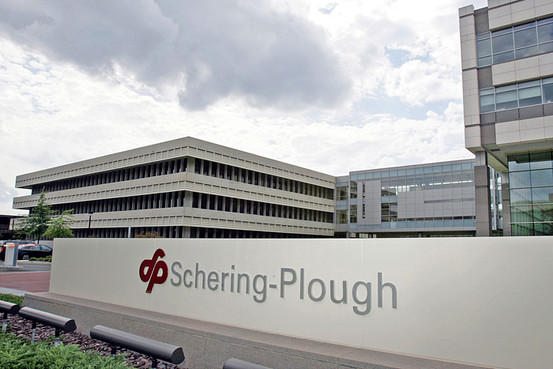
21 Mar The Schering Plough Case Study
Date of Work: 2006 – 2008
Background:
Schering Plough is recognized as one of the top 20 pharmaceutical companies in the world and procures about $57.3 million worth of services a year. Although most of the services they outsource are standard functions, due to the nature of their business, a minor error could potentially have a large impact in the profit of their organization. Throughout, their growth the company encountered difficulty with their outsourcing methods and in 2006 decided to begin testing the Kashiwagi Solution Model (KSM) (also known as the Performance Information Procurement System or PIPS) process to see if it could improve their selection of facility services and the value of delivered services. The optimal goal is to improve the level of services while lowering the price of the services.
Difficulty in Implementation and Lessons Learned
Problems that Schering Plough found that they were facing:
- Client’s expectation of quality from the outsourced services was not being met.
- Lack of motivation from vendors to improve their efficiency and processes.
Even though the KSM selection process was quickly integrated and accepted, the problems started to occur as the pre-planning and risk management phases were beginning to be implemented. The following observations were documented:
- Vendors were finding it difficult to create a quality control plan in a timely manner.
- Rules and regulations that Schering Plough was required to keep and maintain made it difficult for the vendors to monitor and analyze their own performance.
- Schering Plough managers did not see the need to require a weekly risk report due to current system of reporting. The Weekly Report seemed to be a duplication of information that was documented either informally or formally in the Schering Plough system and was viewed as not adding additional value.
The main problem that hindered the pre-planning and risk management phases from being implemented into the Schering Plough outsourcing services was the inability to allow the vendor to monitor and analyze their own performance. This was due to the following:
- Schering Plough management was very active in monitoring and analyzing vendor performance.
- Internal procedures and protocols forced Schering Plough to perform many of the risk minimization and documentation steps.
- A change in paradigm is difficult to implement.
PIPS Performance:
Schering Plough has been implementing the KSM selection process for a little over 2 years. The following are the results of their efforts (Table 15.21):
| Performance Criteria | PIPS | Before PIPS |
| Number of years implementing KSM system | 2 yr | – |
| Number of outsourcing services | 12 | – |
| Percent of times low bidder | 25% | – |
| Average length of procurement | 97 days | – |
| Average Customer Satisfaction of Outsourced Services (1-10 max) | 9 | – |
| Client Satisfaction of process (1-10 max) | 8 | 5 |
| Annual cost of outsourcing services | $3,527,903 | $6,965,806 |
| Annual Savings of BV outsourcing services: | $3,437,903 | 0 |
Table 15.21: Shering Plough Overall Performance
The following improvements and value added results were documented on a couple of the projects:
- When selecting the Laundry Service vendor the high performer was the lowest priced vendor. Due to the best value process showing the dominant information, Schering Plough was able to have an ability to justify the selection of the highest performer.
- During the selection for the Calibration service, it was realized that one vendor would be able to significantly decrease their cost for service, while still making a greater profit than the other vendors. This was achieved due to their efficient structure and performance. The vendor was able to eliminate a management level, due to their management methodology. Their management of the priorities of how they performed their calibration resulted in more preventative maintenance than the previous vendor, thus giving SP better service.


